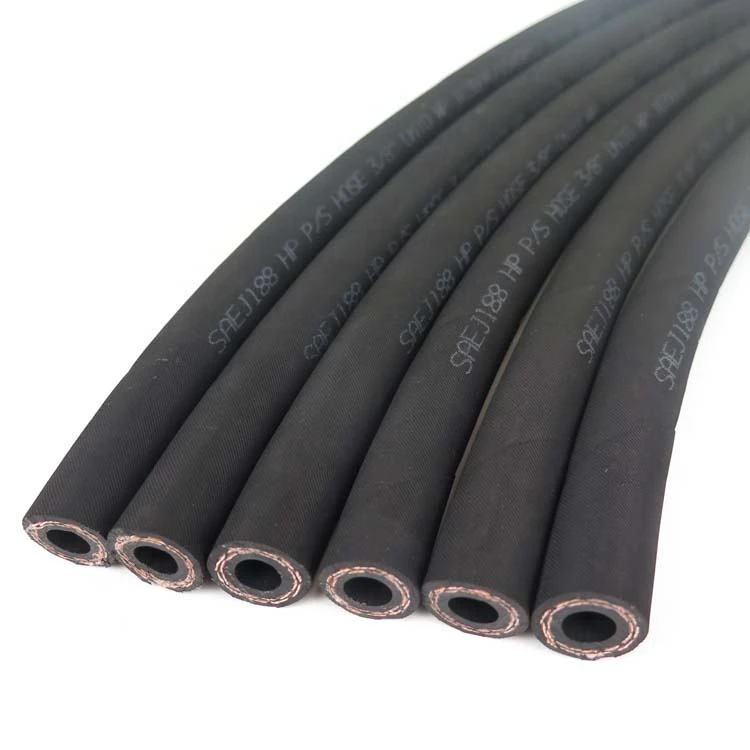volvo xc90 power steering hose replacement
Volvo XC90 Power Steering Hose Replacement A Comprehensive Guide
Maintaining your Volvo XC90 ensures both the performance of your vehicle and your safety on the road. One critical component that often demands replacement over time is the power steering hose. This part plays an essential role in the power steering system, allowing for smooth steering and control. In this article, we will delve into the reasons for power steering hose replacement, how to identify signs of wear, and provide a step-by-step guide for the replacement process.
Why Replace the Power Steering Hose?
The power steering hose is responsible for transporting hydraulic fluid from the pump to the steering gear. Over time, exposure to heat, pressure, and road conditions can cause the hose to deteriorate, leading to leaks. This can result in reduced steering performance and potential damage to other components of the power steering system.
Key reasons for replacing the power steering hose include
1. Wear and Tear Chronic exposure to various elements can cause the hose material to weaken. 2. Fluid Leaks If you notice fluid spots where you park, it's a sign that the power steering hose might be leaking. 3. Poor Steering Response If you find it increasingly difficult to steer your XC90, it could indicate issues with the power steering system, often linked to a malfunctioning hose. 4. Low Fluid Levels Consistently low power steering fluid levels suggest a leak somewhere in the system.
Identifying Signs of a Failing Power Steering Hose
Before replacing the power steering hose, it's crucial to identify whether it is indeed the source of the problem. Here are some common signs to look out for
- Visible Cracks or Damage Inspect the hose for visible wear, cracks, or bulges. - Hissing or Whining Noises Unusual sounds when turning the steering wheel can indicate issues within the power steering system. - Steering Difficulty If your steering performance is inconsistent or feeling heavy, it's time to check the hose. - Fluid Puddles If you observe fluid pooling beneath your vehicle, especially an oily liquid, your power steering hose might be leaking.
How to Replace the Power Steering Hose A Step-by-Step Guide
If you've identified that the power steering hose needs replacement, you can follow these steps. However, ensure you have the necessary tools a wrench set, hose clamps, a fluid catch pan, and a replacement hose specific to your Volvo XC90 model.
Step 1 Safety First
Park your vehicle on a flat surface, turn off the engine, and engage the parking brake. Wearing gloves and safety goggles is recommended to protect yourself during the process.
Step 2 Locate the Power Steering Hose
volvo xc90 power steering hose replacement

Open the hood and locate the power steering reservoir. Follow the hoses from the reservoir to the pump and the steering gear. Identify the hose that needs replacement.
Step 3 Drain the Fluid
Place a fluid catch pan under the power steering system and remove the cap from the reservoir to allow the fluid to drain. This will help minimize spills.
Step 4 Remove the Old Hose
Using a wrench, loosen the hose clamps that secure the old power steering hose. Carefully remove the hose from the pump and steering gear, allowing any remaining fluid to drain into your catch pan.
Step 5 Install the New Hose
Take your new power steering hose and connect one end to the power steering pump and the other end to the steering gear. Ensure the connections are secure and use new clamps if necessary.
Step 6 Refill Power Steering Fluid
Once the new hose is in place, refill the power steering reservoir with the appropriate fluid as specified in your owner's manual.
Step 7 Test the System
Start the vehicle and turn the steering wheel from lock to lock a few times to help bleed any air from the system. Check for any leaks around the new hose.
Conclusion
Replacing the power steering hose in your Volvo XC90 is a manageable task that can significantly enhance your steering performance and ensure the longevity of your vehicle's power steering system. Regular maintenance and timely replacements of worn parts can prevent more severe issues down the road, saving you time and money in the long run. If at any point you feel overwhelmed by the process, don't hesitate to consult a professional mechanic for assistance. Remember, safety and proper function should always be your top priorities when it comes to vehicle maintenance.
-
Ultimate Spiral Protection for Hoses & CablesNewsJun.26,2025
-
The Ultimate Quick-Connect Solutions for Every NeedNewsJun.26,2025
-
SAE J1401 Brake Hose: Reliable Choice for Safe BrakingNewsJun.26,2025
-
Reliable J2064 A/C Hoses for Real-World Cooling NeedsNewsJun.26,2025
-
Heavy-Duty Sewer Jetting Hoses Built to LastNewsJun.26,2025
-
Fix Power Steering Tube Leaks Fast – Durable & Affordable SolutionNewsJun.26,2025

